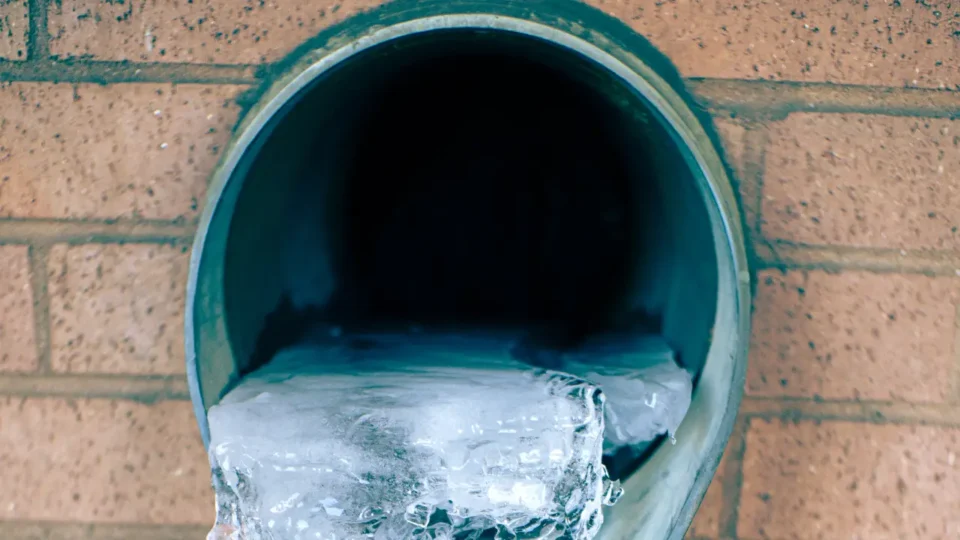Clearway drainage is a crucial aspect of managing stormwater and ensuring that properties remain dry and functional during adverse weather conditions. Proper drainage systems help prevent flooding, water damage, and erosion, thereby protecting both residential and commercial spaces. In this comprehensive guide, we’ll explore the essentials of clearway drainage, providing valuable tips for effective stormwater management and highlighting the importance of maintaining a well-designed drainage system.
Understanding Clearway Drainage
Clearway drainage refers to the systematic approach to managing and directing stormwater away from areas where it can cause damage. This involves the use of various drainage solutions and techniques designed to control and direct rainwater effectively. The primary goal is to ensure that excess water is safely channeled away from property foundations, roads, and other critical areas.
The Importance of Effective Drainage
Effective drainage is essential for several reasons:
- Flood Prevention: A well-designed drainage system helps prevent water from accumulating in low-lying areas, reducing the risk of flooding. Flooding can cause significant damage to properties, infrastructure, and the environment.
- Erosion Control: Stormwater can erode soil, leading to loss of land and potential damage to structures. Proper drainage systems help control water flow and minimize erosion.
- Property Protection: By directing water away from foundations and basements, drainage systems protect properties from water damage, mold growth, and structural issues.
- Health and Safety: Standing water can become a breeding ground for pests and diseases. Effective drainage reduces these risks by ensuring that water is quickly and efficiently removed.
Key Components of Clearway Drainage Systems
To achieve effective clearway drainage, several key components are involved:
- Gutters and Downspouts: These are crucial for collecting rainwater from the roof and directing it into the drainage system. Regular maintenance is essential to prevent clogs and ensure proper water flow.
- Drainage Pipes: Underground pipes channel water from gutters and downspouts to designated drainage areas. These pipes should be appropriately sized and installed to handle the volume of water they will carry.
- French Drains: These are gravel-filled trenches with perforated pipes that collect and redirect groundwater away from foundations and other critical areas.
- Catch Basins: These are surface-level drainage structures designed to collect and trap debris, preventing it from entering the drainage pipes. Regular cleaning is necessary to maintain their effectiveness.
- Stormwater Pits: These are designed to capture and manage stormwater runoff. They can be connected to drainage pipes or used in conjunction with other drainage solutions.
- Grading and Landscaping: Proper grading and landscaping help direct water flow and prevent pooling. Sloping the ground away from structures and using vegetation to absorb water can enhance drainage effectiveness.
Maintenance Tips for Clearway Drainage Systems
Maintaining a clearway drainage system is crucial for its long-term effectiveness. Here are some essential maintenance tips:
- Regular Inspections: Periodically inspect gutters, downspouts, and drainage pipes for signs of damage or clogging. Ensure that water flows freely through the system.
- Cleaning: Clean gutters and downspouts regularly to remove leaves, debris, and other obstructions. This prevents blockages and ensures that water can flow unobstructed.
- Check for Leaks: Inspect drainage pipes and catch basins for leaks or damage. Repair or replace any damaged components promptly to prevent water from escaping.
- Maintain French Drains: Ensure that French drains remain clear of debris and that gravel remains evenly distributed. This helps maintain their effectiveness in collecting and redirecting water.
- Monitor Landscaping: Regularly check landscaping and grading to ensure that they are effectively directing water away from critical areas. Make adjustments as needed to maintain proper drainage.
Addressing Common Drainage Issues
Even with proper maintenance, drainage issues can still arise. Here are some common problems and their solutions:
- Clogged Gutters: Regular cleaning and the use of gutter guards can prevent clogs. Ensure that downspouts are clear and directing water away from the property.
- Erosion: If erosion is occurring, consider installing erosion control measures such as retaining walls, vegetation, or erosion control blankets.
- Standing Water: If standing water persists, check for blockages in drainage pipes and ensure that grading and landscaping are effectively directing water away from the area.
- Foundation Water Damage: If water is seeping into basements or foundations, consider installing additional drainage solutions such as sump pumps or foundation drains.
Conclusion
Mastering clearway drainage is essential for effective stormwater management and the protection of properties and infrastructure. By understanding the key components of drainage systems, performing regular maintenance, and addressing common issues, property owners can ensure that their drainage systems remain effective and reliable. Investing in proper drainage solutions and maintenance not only protects against flooding and erosion but also contributes to the overall health and safety of the environment.


